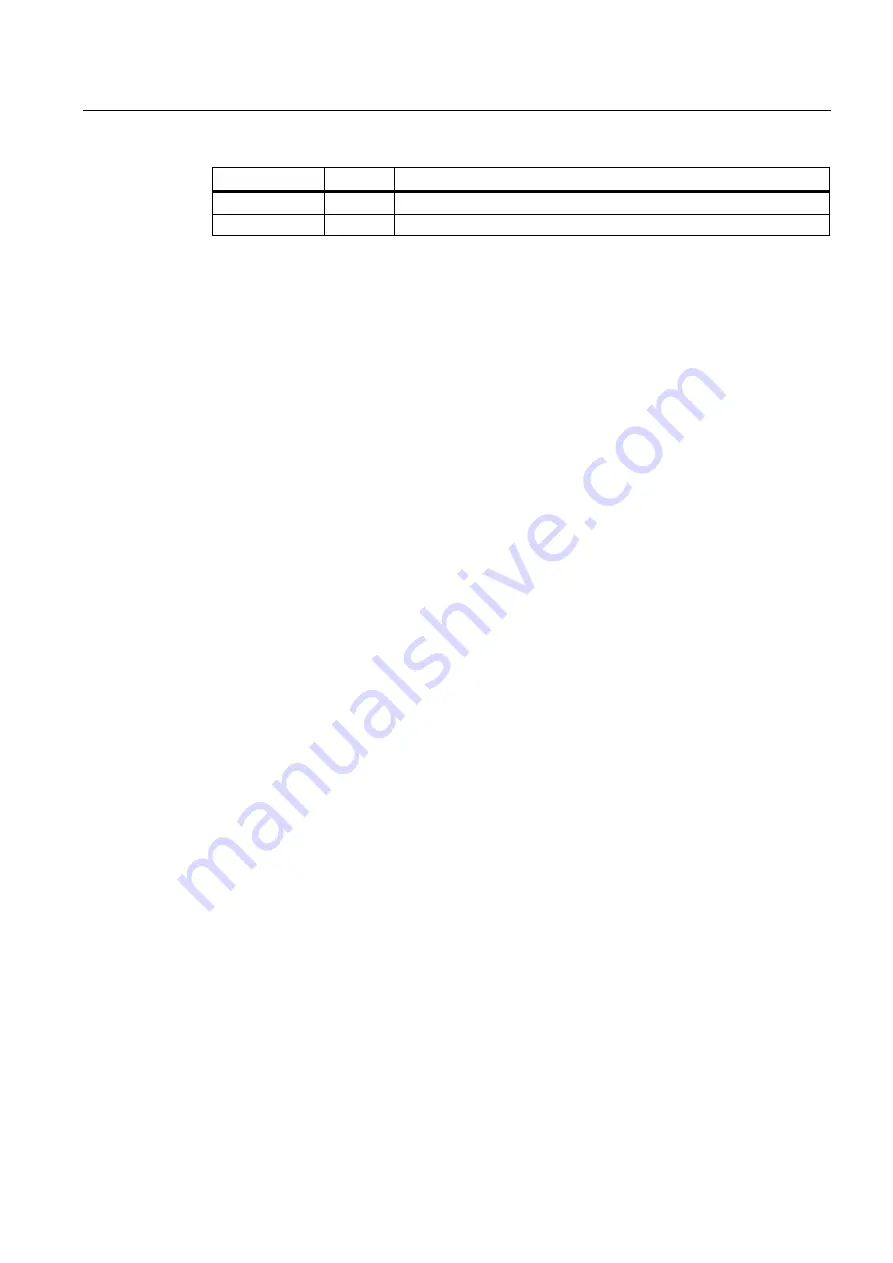
Cycles
9.7 3-stage plunge cut oscillation (roughing, finishing and fine-finishing) - CYCLE408
Surface grinding
Programming and Operating Manual, 11/2012, 6FC5398-5CP10-3BA0
169
Parameter
Data type Meaning
FX_FS
REAL
X feedrate, fine-finishing
FR
REAL
Feedrate at reversal point
Function
The 3-stage plunge-cut cycle is called for the purpose of machining a slot or surface that is
smaller than the wheel width.
It can also be used for grinding front faces. The surface concerned is ground using the
oscillation method.
Infeed takes place at the reversal points. Intermediate dressing, interruption and use of the
handwheel are all supported.
The keys will only ever respond at the end point.
At the end, the tool retracts to the allowance position.
Infeed is possible in the Y or Z directions and the Z value can be either negative or positive.
A higher infeed amount can be used at the start of machining. Once contact has been
detected using an acoustic emission sensor, the tool will retract by the acoustic emission
sensor infeed amount minus the grinding infeed amount. If no acoustic emission sensor input
has been configured, the cycle will immediately switch to the handwheel at the start of the
operation.
The cycle automatically divides cutting into roughing, finishing and fine-finishing. Sparking-
out strokes can be programmed for the end of each stage.
Off-loading is also possible at the end of the roughing and finishing stages.
Dressing strokes can be programmed to take place prior to each technology step.
Sequence
Traverse to allowance position.
Approach X starting position and Z position.
Start oscillating motion, infeed at reversal points.
The first infeed once oscillating motion has commenced is adjusted to ensure that all
additional infeed operations correspond to the infeed amount. This process is also performed
following interruptions, intermediate dressing and deselection of the handwheel override
function.
Following interruption/dressing, an off-loading value is applied as the tool approaches the
machining start point.
At the end, the tool retracts to the allowance position.
















































